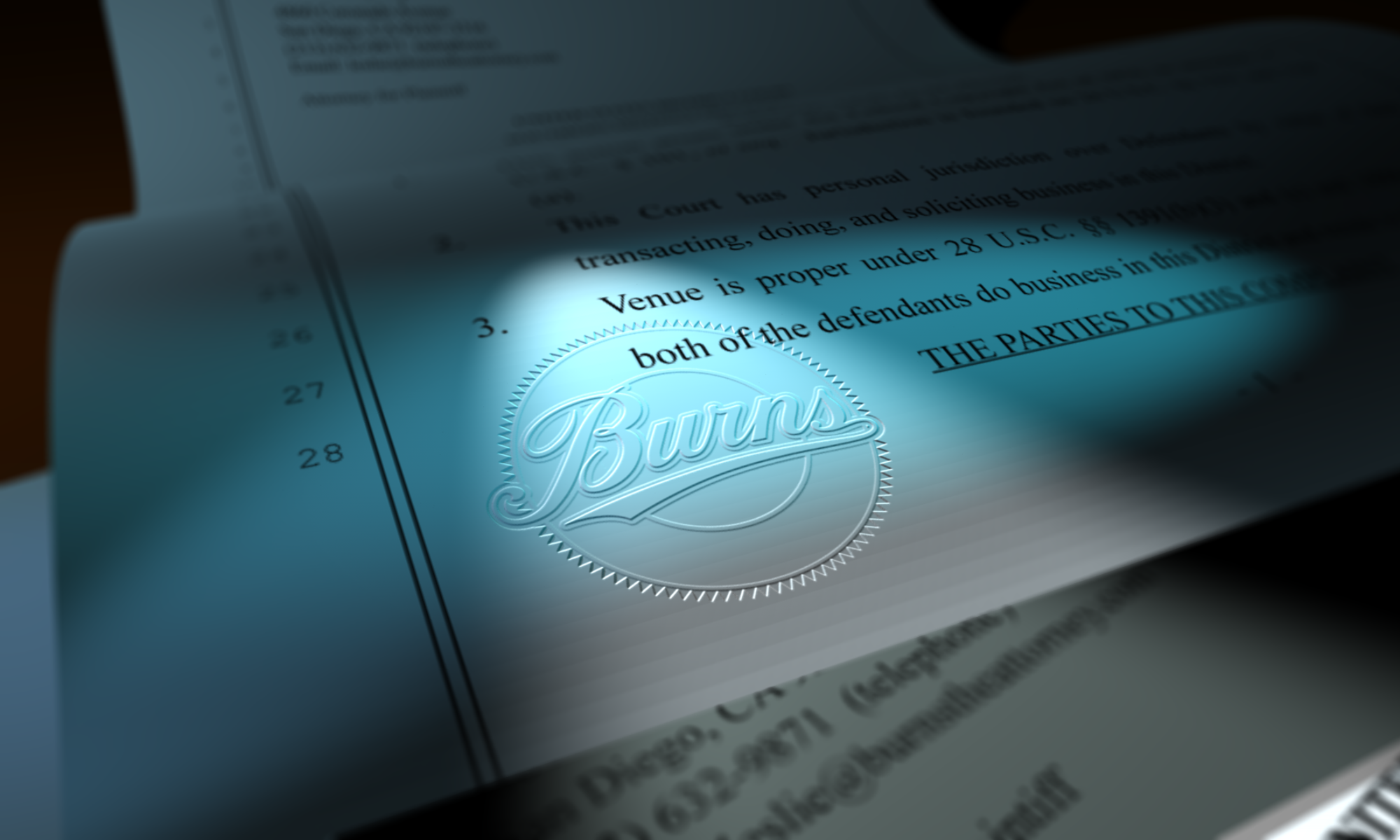As we show 2017 the door, now is the time many of us take a look at the year that was and think about the year yet to be.
In 2017, many of us were at least pre-occupied, if not downright overwhelmed by the events in Washington, DC. Many of us woke each morning with some variation of Dorothy Parker’s “What fresh hell is this?” on our lips as we fired up the news or, worse yet, Twitter. And, while I firmly believe we each must do all we can to preserve, protect, and defend our Constitution (particularly since many in power are not), we also need to focus on our own lives and, crass as it may sound, our businesses.
With that in mind, here is a list of some things to do, to stop doing, and at the very least to consider as you gear up for 2018.
- Register your damn copyrights already. Seriously, if you are a creative professional, stop making excuses and start doing this.
- While there are services for this, I do not recommend using any of them. Fast or easy ≠ better. I don’t think you can automate registration applications and have them be anything more than maybe adequate (and possibly deficient). A well done registration can make a potential defendant in an infringement matter settle fast and for more money than a bare-bones one (which may even be challenged by a wily defendant). Besides, it’s really not that hard anyway, particularly for visual artists and even more so for still photographers.
- Stop thinking about the cost of registration as a reason not to register–first, it is a legitimate business cost and so you can write it off and, second, it is like insurance that you pay for once but off which you can make many claims (and for much more than the original cost).
- Pursue infringements for a better bottom line. Not every case has to be worth over $30,000 or whatever to get representation–I don’t know how that idea got started but it is simply not true. Some attorneys, like me, will take on small cases because they simply do add up. Let’s say you have small value infringements, but 10 of those over the year; now imagine you get an average of $2500 (a low settlement amount) per case: that’s $25K. Now, let’s say your attorney gets 35% of that: you’re still pocketing over $16K. I bet you can find a lot more than 10 infringements in a year–why not see of they are worth getting a lawyer to pursue (I review cases for free)?
- Make the time to make art for yourself. Whatever your medium(s), get back to making your own work for you. Yes, you can probably use it later in your portfolio (because work made for yourself usually is your best work, if you let yourself really be free with it) but mostly, you need to give yourself total permission to explore, play, make utter crap, screw up, take risks, and re-find the joy in your work.
- I encourage actively scheduling the time now, to occur at intervals throughout the year, and to stick to that schedule unless the dreamiest dream job or a true emergency comes along.
- Stop relying on social media like Instagram to do your marketing. Besides the fact that the Terms of Use on pretty much all those services really do suck for creative pros, it’s virtually impossible to get seen by the right people, particularly if you are relying on trying to trend/go viral. Instead, do better targeting (remember making lists of desired clients? do that) and get back to the basics in your marketing plan–print mailers are doing better than ever, at least I’m hearing that from several folks.
- Relatedly, try to interact in human form with potential clients. Make calls, go to industry events, volunteer with professional organizations of your potential clients–get out there in three dimensions!
- Instead of posting everything on Facebook, Instagram, etc., keep your work on your own server/site and post links on social media.
- Use a watermark on visual art. Preferably, it should be in the form of a proper copyright notice (that is © year of first publication Name, like ©2017 Leslie Burns) but if not that then the copyright owner’s name (and, for non-visual art, then include it somehow like in the audio file for a podcast or both on the doc and in its metadata). I’ve already written about the wizbangery that is the CMI-related part of the DMCA–don’t ignore those protections!
- Also, if you don’t know what metadata is or how to edit it for the digital forms of your works, learn now. Everything digital has metadata and that metadata can be crucial evidence in a lawsuit (it may also be CMI).
- Make plans, including for death. Life changes, including the ultimate one, will affect your business and assets. That is basic reality. Take the time to look at where you are and what might happen, and plan accordingly (see my previous article on this, and this one on marriage, too).
Most of all, make time to be with those you love, not just during the holidays, but all year. Time is something we can’t bank or buy and being present with those whom we love and who love us, that’s the best thing, always.
Here’s hoping 2018 is a happy, healthy, and prosperous year for us all.
